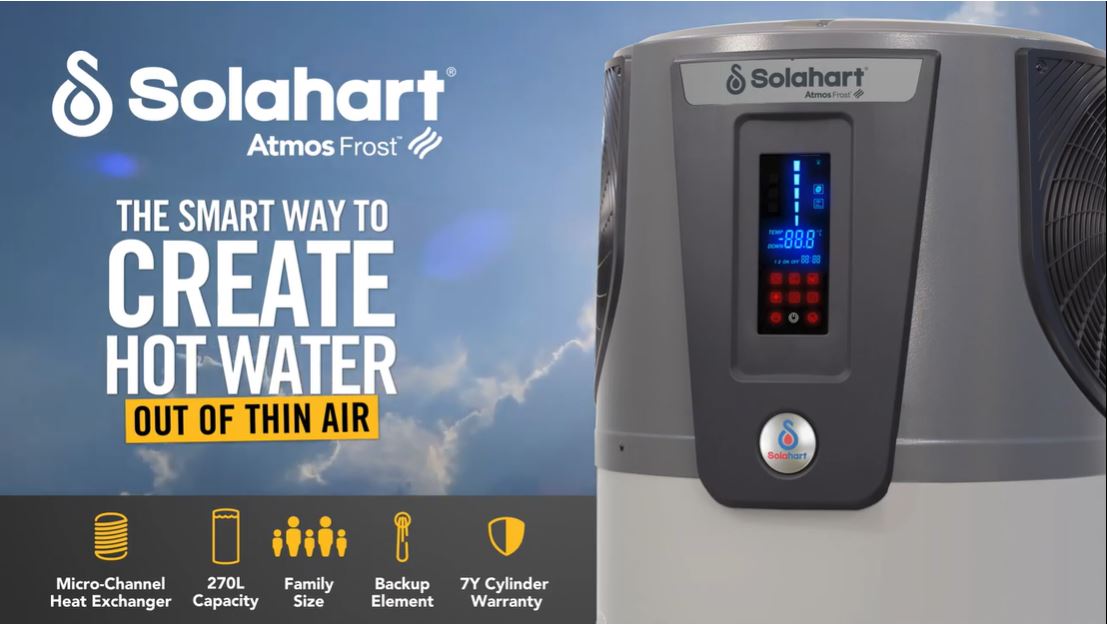How heat pumps create hot water out of thin air
Every day, more Australians are embracing solar energy, but did you know not all homes are suitable for traditional solar systems? Heat pumps offer an innovative solution by harnessing renewable energy from the surrounding air to heat water instead of sunlight, providing an efficient and versatile alternative to solar.
How does a heat pump work?
Heat pumps capture heat from the surrounding air to provide hot water. It works similarly to a reverse cycle air conditioner in that it uses a refrigeration system but is connected to a hot water tank. Here’s a simplified explanation:
- Heat Absorption: Ambient heat is drawn into the refrigeration system and passes through an evaporator coil, where the refrigerant, in the form of liquid, absorbs the heat and turns into vapour.
- Compressor: The vapour runs through a compressor, transforming it into a hot gas.
- Heat Exchanger: The hot gas passes through a microchannel heat exchanger, wrapped around the hot water tank, where it heats the water indirectly.
- Cycle Repeat: The refrigerant returns to a liquid state, and the cycle repeats.
Even during cold weather, the air contains some ambient heat that can be used. In freezing conditions, a heat pump’s electric boost function ensures a continuous supply of hot water, while a de-icing function prevents ice formation, avoiding potential damage.
Heat pumps are a reliable and efficient way to reduce water heating energy consumption and significantly cut greenhouse gas emissions.




